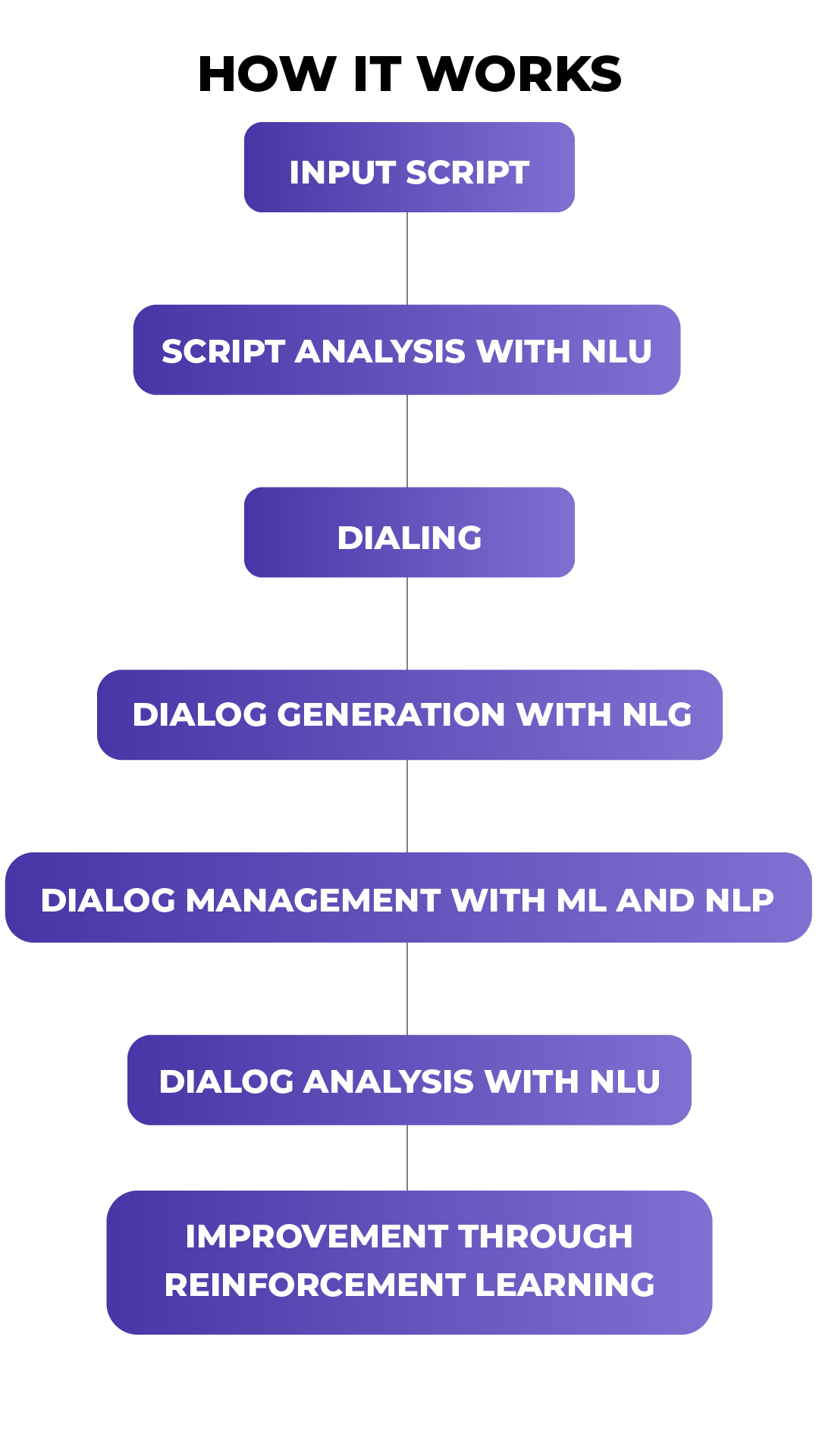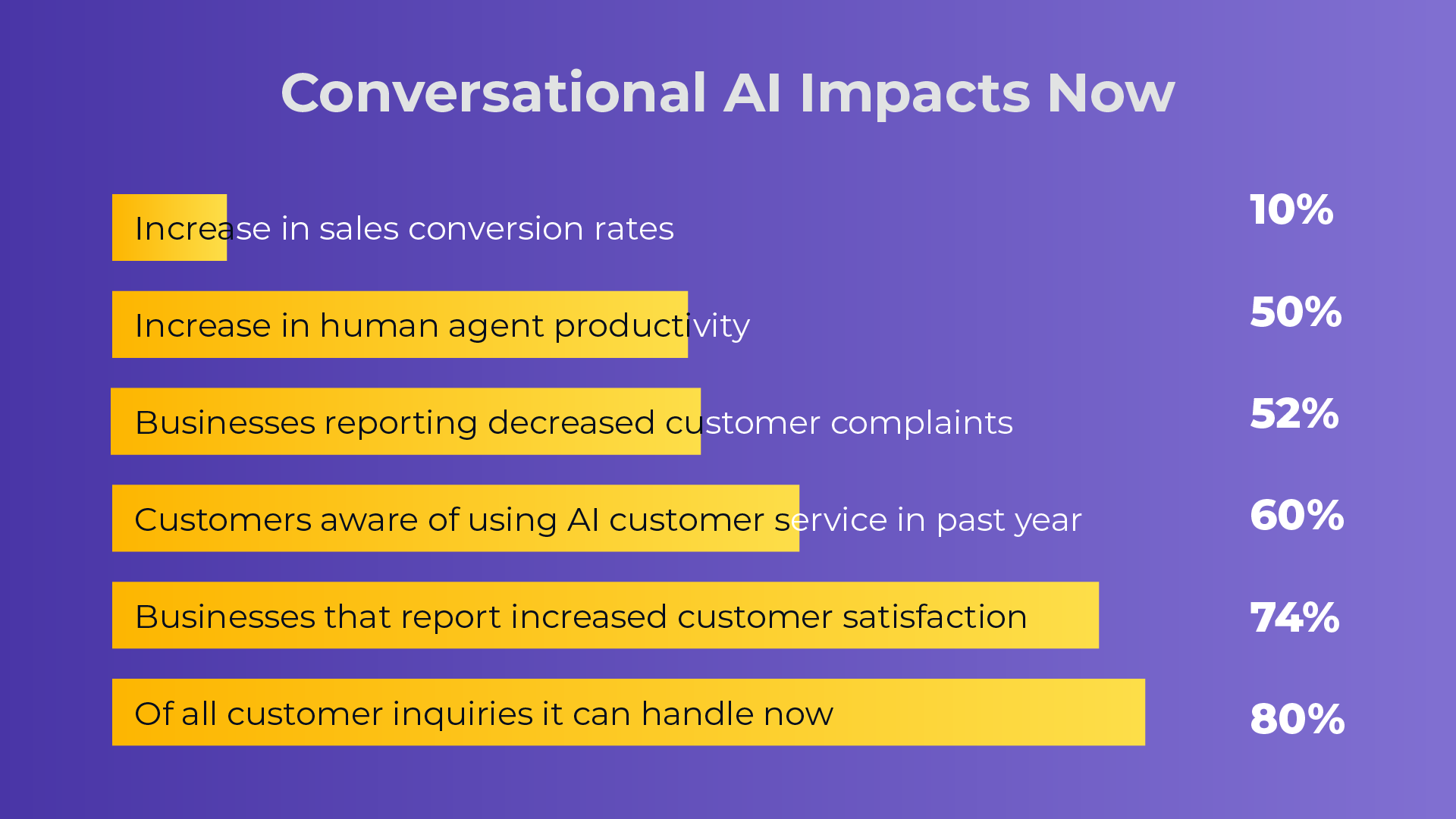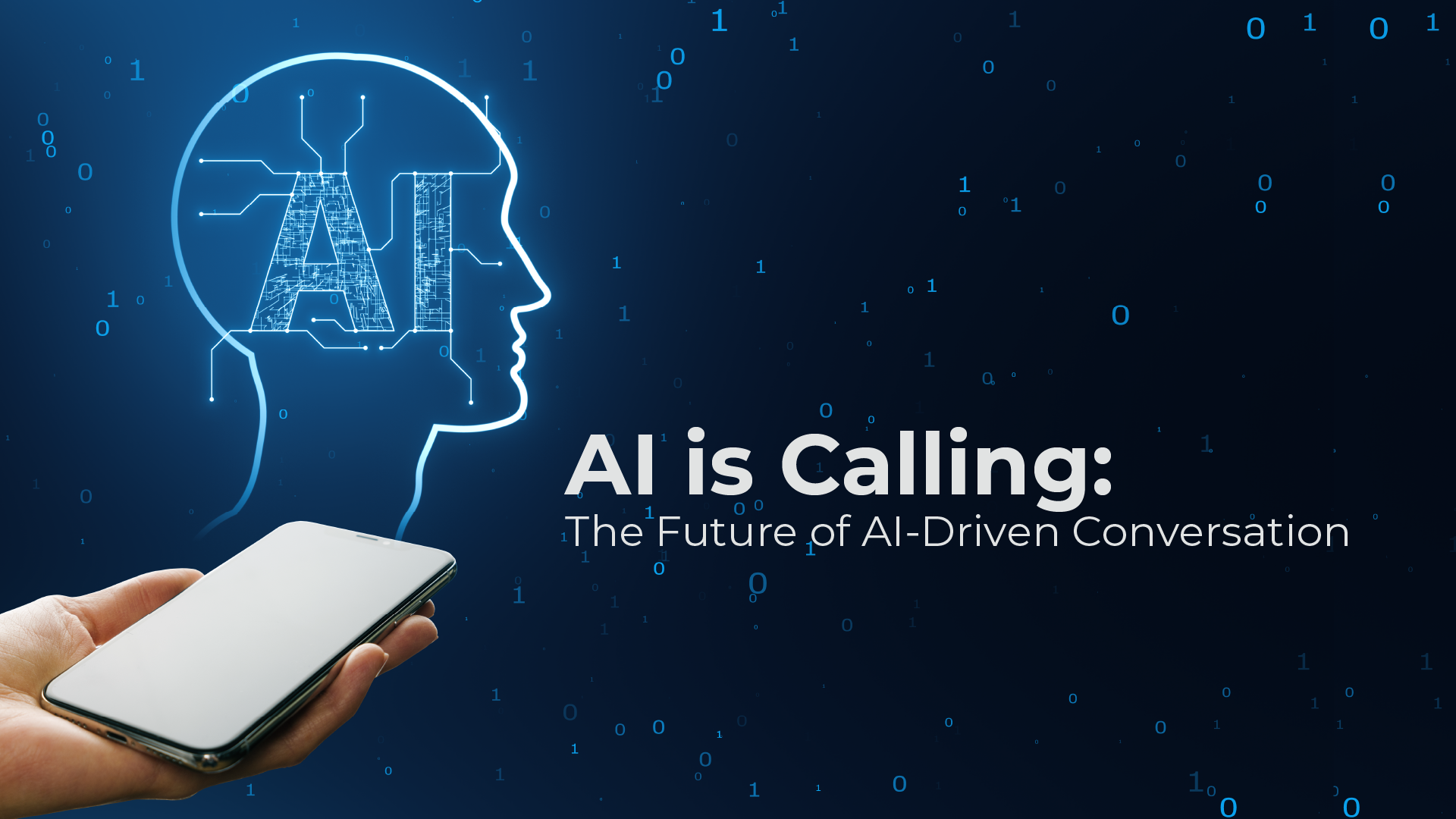AI agents are everywhere right now: from Claude driving hardware to Salesforce’s Agentforce platform to Microsoft’s announcement of Copilot Studio and Dynamics 365. One example from McKinsey & Company is used in an onboarding system that claims reduced lead times of 90% and the elimination of 30% of associated administrative work.
Gartner predicted that one-third of all interactions with GenAI will be agentic by 2028, and McKinsey calls it the next frontier, a transformative development for businesses. And OpenAI, which secured the largest venture capital deal to date at $6.6 billion, believes it’s coming soon, with CEO Sam Altman saying: “2025 is when agents will work.”
Our CEO has written about this on his Substack, and we covered the idea more broadly last year, defining agents as systems built for specific purposes, capable of accessing the data they need, working together, and taking action on their own to get things done.
While we’re not entirely there yet, today’s edition of The PTP Report considers a form of emerging AI that’s arguably having the biggest direct financial impact for businesses already, harnessing conversational AI with these advances to upscale a long vexing area: customer service call handling.
Today we look at automated AI calling services: how they work, what benefits they bring, and what the future, coming rapidly, means for their continued advancement.
The Current Role
Interactive Voice Response (IVR), the name for systems where callers move between pre-recorded messages using voice commands or keypad entries, has long frustrated callers. From having to listen over and over to being misunderstood to not finding the option you need, it’s often an example of dehumanizing automation that may work best at driving callers away.
For anyone who’s ever yelled at an IVR in frustration, it was immediately clear that conversational AI, that broad category combining NLP (Natural Language Processing) and machine learning for dialog, could radically improve this technology.
And AI-driven IVR systems have rapidly transformed calling systems worldwide, allowing customers to speak naturally and get variable responses, just as we do with other types of chatbots.
With a greater capacity to parse human language, and the ability to shift on the fly, the experience, even as the kinks are being worked out, has been a marked improvement.
AI systems can already dial flawlessly, increasingly incorporating metrics like customer history or recent interactions in their personalization of calls.
For a look at how conversational AI works, you begin with NLU (Natural Language Understanding), a subcategory of NLP, which allows broader and more sophisticated fielding of audio responses than prior IVRs. Looking for keywords as well as broader usage (adjacent words, context, potential intent, history), it breaks down spoken input more like a person might.
With the caller intent identified, it then matches to the most relevant response pathway available.
For crafting responses, these systems use NLG (Natural Language Generation), also a subcategory of NLP, with tailored content far superior to just playing back a choice from a series of pre-recorded clips. Responses are custom, context-appropriate messages created from human input, and drawing from pre-built scripts.
And overall dialog management is the process working between these, enabling the AI to handle the whole flow of the conversation, adapting to recognize when to ask clarifying questions, confirm details, or move forward. The more sophisticated this process, the greater the appearance of genuine understanding, or even reasoning.

These systems can also apply reinforcement learning to analyze their own performance and continuously improve, ranking successful paths and positive outcomes to strengthen their accuracy. This feedback loop enables systems to handle an increasing range of scenarios, decreasing the need for escalation or hand-off to human beings, a process only now becoming available in the most advanced systems.
In piecemeal, these processes are also at work helping existing customer service and sales personnel in a number of ways, providing real-time analytics, automated dialing, GenAI call scripting (for responses, next steps, adjusted talking points), and features like post-call automated wrap-up (for summaries, updated records, scheduling follow-up communications, and more).
Benefits
We already hit several individual benefits via automation (taking repeated, routine operations off the plates of existing personnel), but there are additional benefits at scale from these systems, including:
- Time savings: It’s long been the goal of customer service systems to offload as much of the routine as possible, through IVRs, online forms, knowledge bases/FAQs, etc. These AI systems finally deliver much of this by providing it in a human-like call experience, freeing up agents to focus on the more complex interactions that require reasoning, empathy, or adjusted practices.
- 24/7 coverage: Overseas call centers have long offered “follow-the-sun” coverage to have people always on hand, but AI systems don’t have on/off times. Aside from being always on (like IVR), they are also ready to dial at the times that best fit a desired recipient’s schedule.
- Concurrent calling and response: AI also enables placing or fielding multiple calls at once, each with the same attention level. While human teams are naturally limited in how many calls they can manage simultaneously, AI systems can manage in parallel, significantly boosting efficiency.
- Better conversion: Generic scripts turn off recipients unless they already want the service (and even then, they get bored of them), but AI-driven personalization can use prior interactions to tailor the approach. Combined with the other elements on this list, this boosts the success rate compared to rote, robotic calls (even by burned-out agents).
This is one area of AI implementation in business that’s mature enough to already be showing tangible financial gains.
Some of these include:

Near Term Innovations
We started with AI virtual agents, and now, increasingly focused AI systems are capable of taking independent actions to achieve specific goals. This advancement is pushing automated, conversational AI to a whole new level.
This means the AI agent for customer support, yes, but also automated travel agents, medical scheduling and diagnosis systems, and technical support that not only acts as intermediary but also takes action. The future of AI in sales includes dialing provided leads, in addition to finding, maximizing, converting, and maintaining them—like a salesperson’s warm and friendly apprentice or personal assistant.
At some point automated systems will sell to other automated systems, leaving humans to approve the deals or initiate counterproposals.
Imagine a marketing initiative selected from a list of proposals drawn up by AI, which then moves to draft potential call scripts, selected and revised as needed by the team. These AI systems survey customer data for the best times to call, modify scripts for customer behavior, and on approval, dial and initiate conversations.
[Much of this is possible right now—check out PTP’s proprietary Pete & Gabi for a look at what it can do.]
Factor in real-time translation in AI, and you have a nearly universal response or outreach tool that’s always available.
With digital twin technology, it is already possible to combine virtual avatars of a person with relevant data, such as through samples of their speech, factual data, and Q&As. Making use of the technology discussed above, the future of AI-driven conversation could include acting as personalized knowledge bases for one-on-one access to subject matter experts, including doctors, professors, technicians, scientists, and leaders.
With the ability to field queries across formats in a way consistent with the source individual (and potentially outliving them), it’s a development that’s both exciting and terrifying to consider.
As the human-like capacities of these systems continue to improve, establishing authenticity becomes increasingly important, especially with automated AI-calling systems moving toward facial and voice recognition in place of traditional passwords or memorized phases or sequences.
With companies like Anthropic already employing AI models that can look at screens, move cursors, click buttons, and obviously type, the combination of these technologies increasingly improve automation to mimic human behavior in ways never seen.
While these systems are already capable of providing personalized, real-time service, it’s the gaps between tasks, the oversight, and the decision-making that remains necessary.
Conclusion
AI agents are only now coming online, but what’s already here in force is the transformative power of conversational AI, via practical and wide-ranging call automation. Working from scripts and refined through training, these systems improve on the maddening experience of the IVR systems of yesterday, the difficulties of using offshore call centers, and the lack of access to necessary business knowledge or functionality.
It’s an area that’s already bringing ROI from AI, and with agentic advances, it will only continue to grow in power in the near term.
While few people enjoy talking to a machine, anyone who’s ever yelled at an automated system, been repeatedly asked the same question, had the wrong input taken, or never been called back as promised, can rejoice at the power of this technology.





